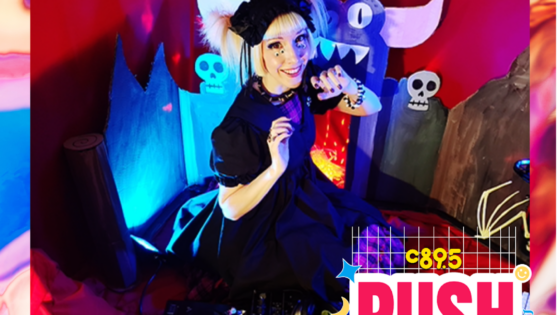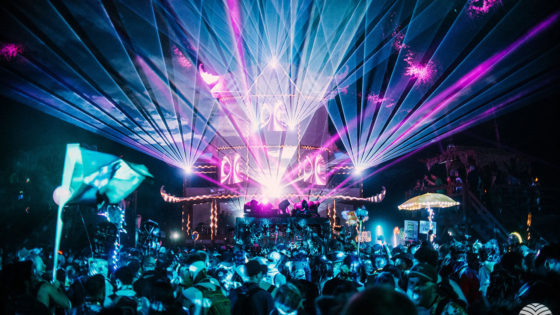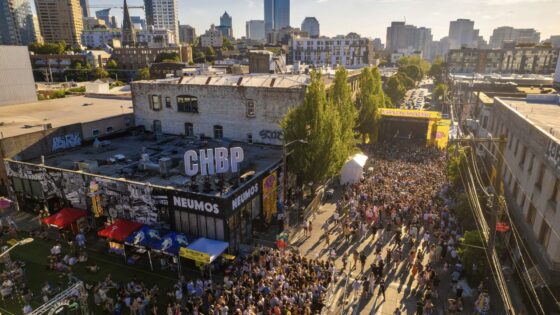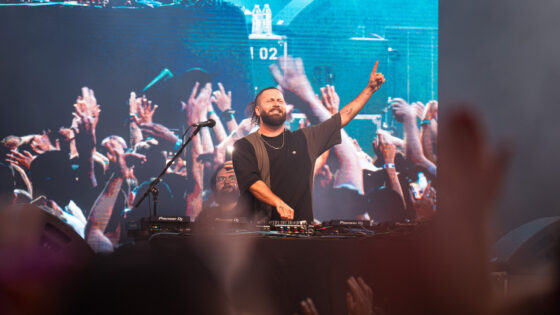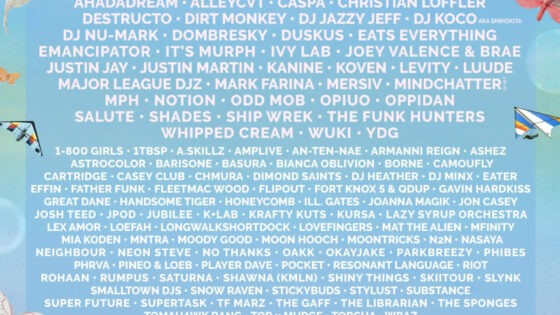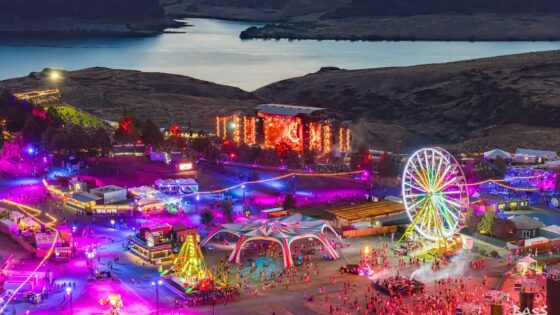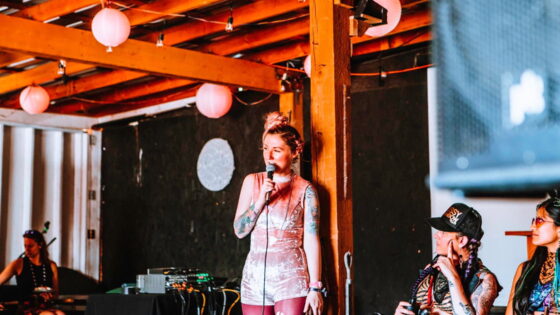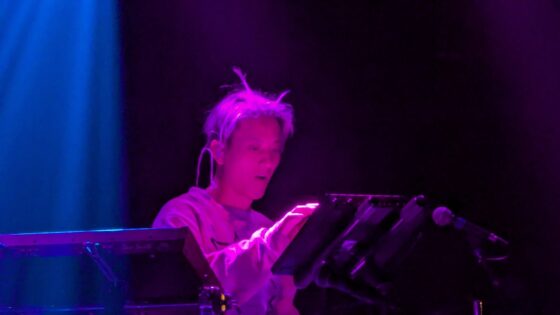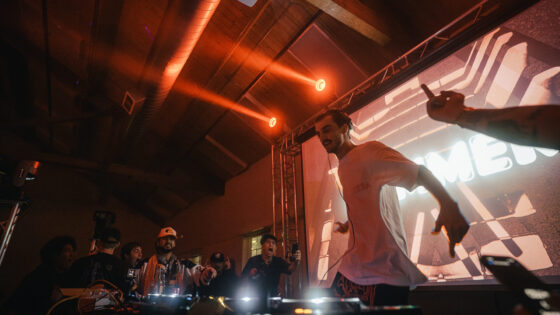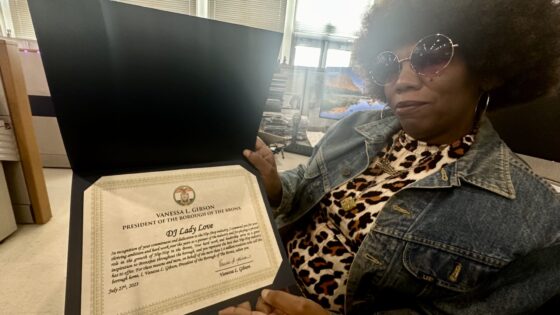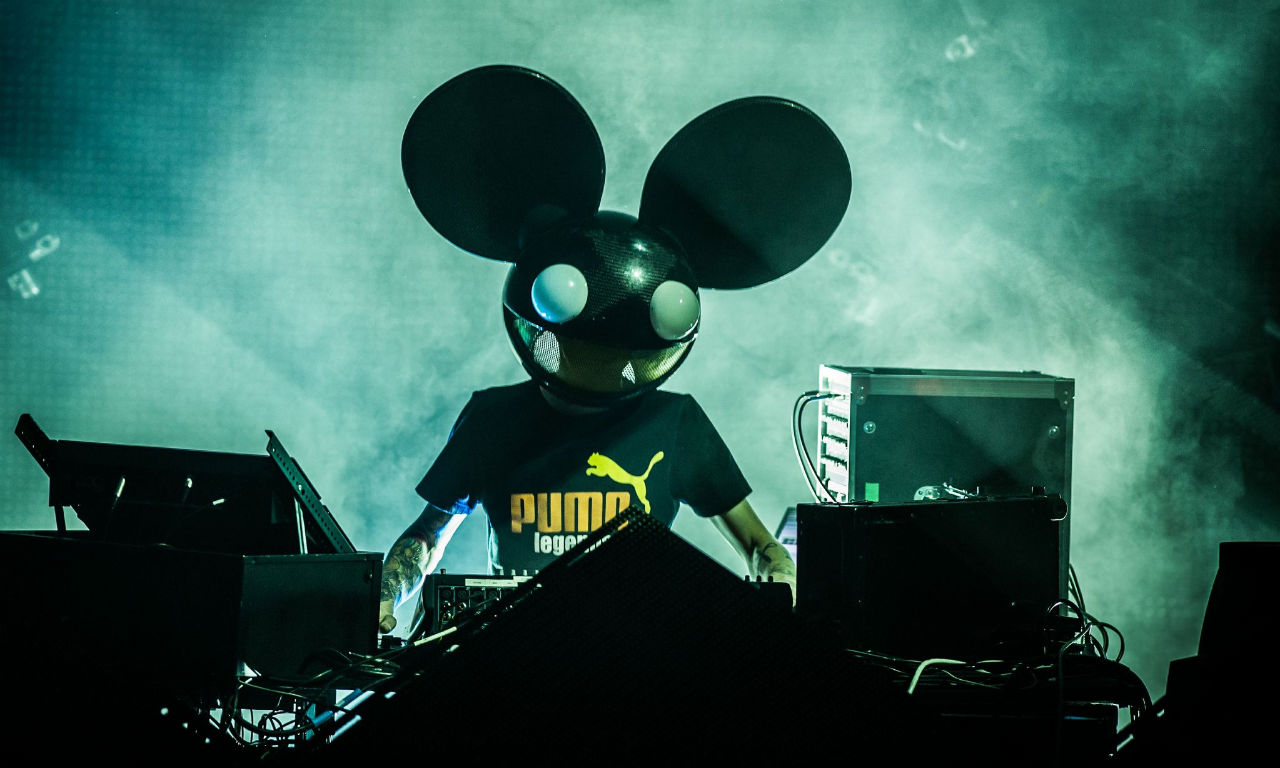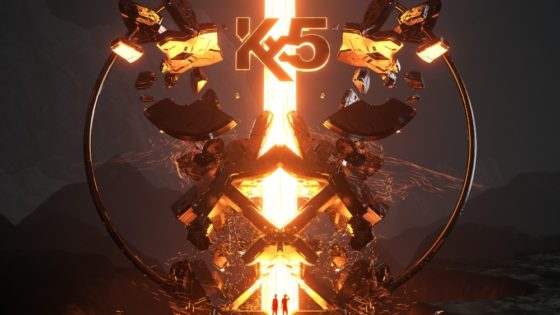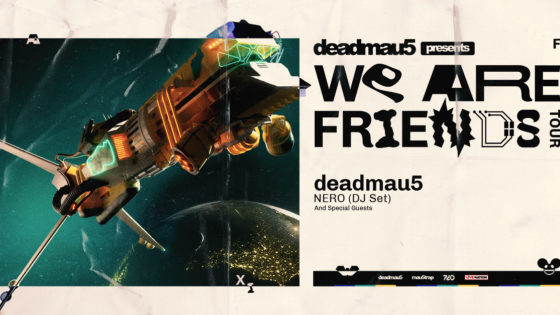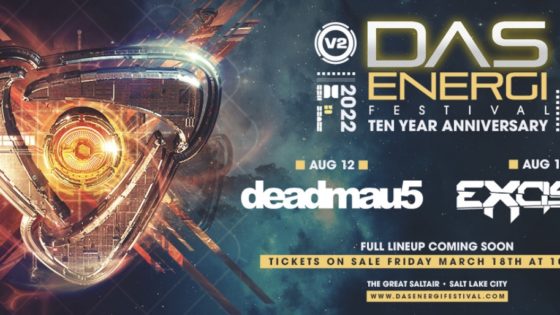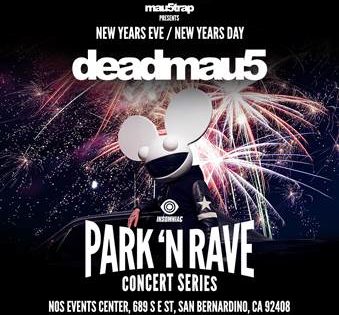At first glance, classical music and EDM seem about as far apart as it can get. Imagining performances of EDM in a traditional concert hall appears entirely absurd to most – but not deadmau5. The star producer created quite a stir with his March 2018 release where’s the drop?, which features orchestral works and arrangements by both deadmau5 (aka Joel Zimmerman) and Gregory Reveret.
This model is one we’ve seen before, and it seems to be gaining popularity. Chal Ravens, writer for The Wire, lists an abundance of orchestral re-imaginings of electronic music stretching back to Kraftwerk. He claims that these collaborations are symptomatic of classical musicians attempting to piggyback off the success of the popular music industry – and to an extent, he might be right. The classical music industry has been struggling for years, and symphony orchestras have had to drastically rethink their business models.
Another author, Michael Rancic of Uproxx, questioned if this trend means that EDM needs its own “poptimism” movement. The term “poptimism” is what music critics use to describe the shift in views on Top 40 hits during the early 2000s, which allowed songwriters and producers of these hits to be viewed as equals in music criticism. Rancic ultimately identifies Zimmerman’s most recent pursuit as a search for critical relevance that can’t be remedied by attempts to move EDM into the concert hall, but can uplift a new generation of musicians to “usurp the homogeneity of the scene.”
It isn’t a coincidence that this discussion is happening at the same time as critics and fans are questioning the use of live instruments in performance. Arguments are swirling that the use of acoustic instruments strays from the entire essence of EDM as a DIY, electronically produced genre. Performances in concert halls also separate EDM from its practical function as music intended for dancing and socialization. These changes to the genre have led artists and fans alike to a bit of an identity crisis. Of course we want EDM to continue to grow, but where do we draw the line?
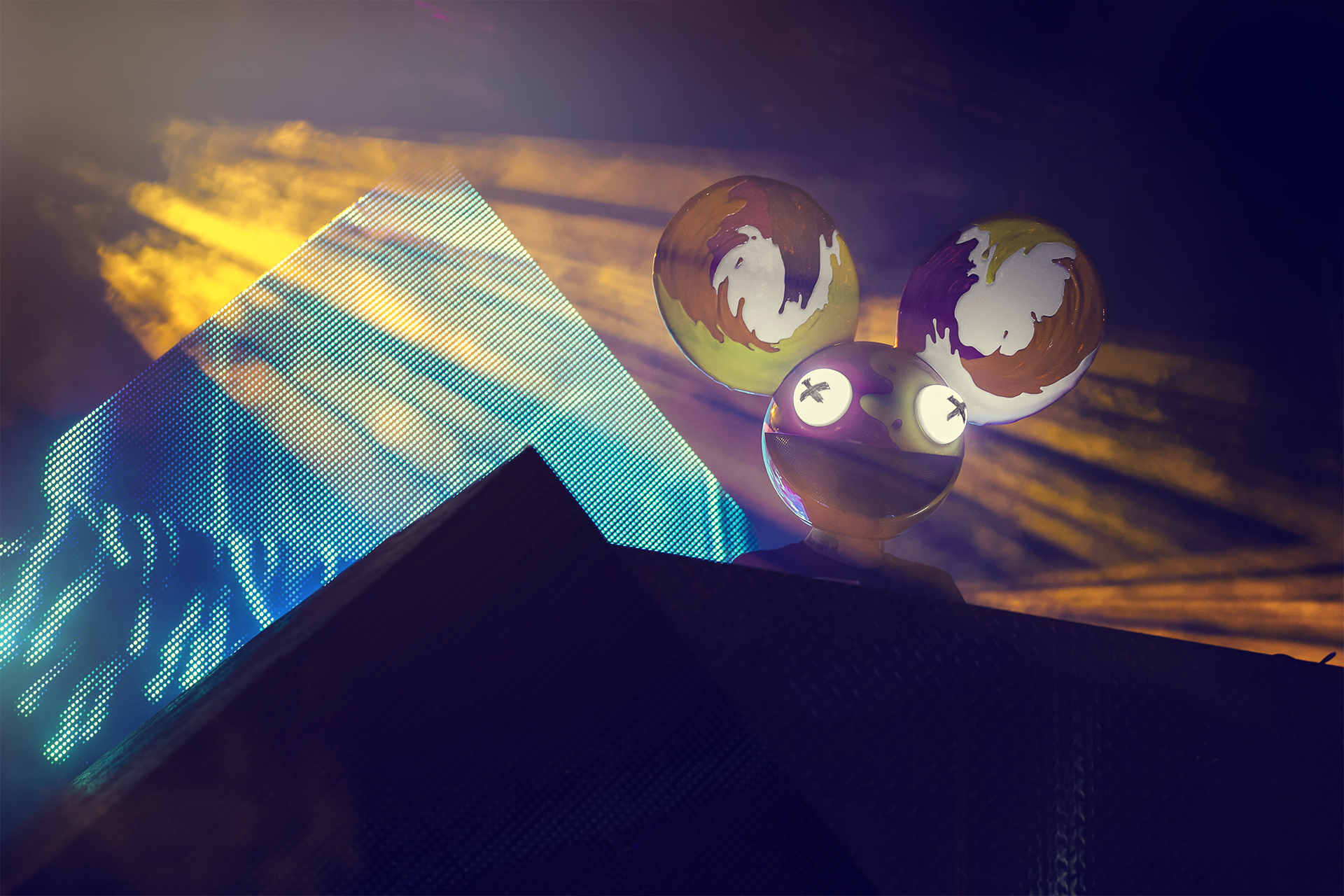
These kinds of discussions are more than familiar to classical musicians. Classically trained musicians are more than familiar with the narrative of “art for art’s sake” promoted by Arnold Schoenberg, which ultimately created the divide between classical music and popular music. Until the 20th century, the amateur and popular music industry was one and the same with the classical music industry. Under this lens, it’s possible for the two to converge once more.
I think that we’re truly witnessing changes that could lead to some form of reconciliation between the two areas. Just last month, Kendrick Lamar received the Pulitzer Prize, an honor typically reserved for classical composers. The collaborations between DJs, producers, and classical musicians seems to be just another symptom of the possibilities.
In the end, perhaps moving EDM into the concert hall isn’t necessarily the solution. But, keeping EDM in clubs and forbidding the genre from growing past its roots may not give fans what they’re looking for either. We can simply keep watching as more DJs integrate instruments into their live performances and work on more collaborations like where’s the drop?. Only time will tell what the future of EDM will look like.
Where do you think EDM is going? Are there any artists you’d like to see perform with an orchestra? Let us know in the comments!
Important things happen in Pacific Northwest nightlife, and DMNW will send you alerts!





